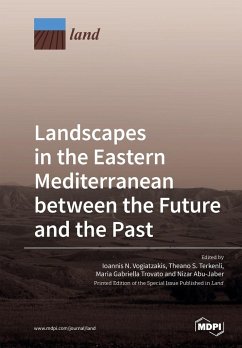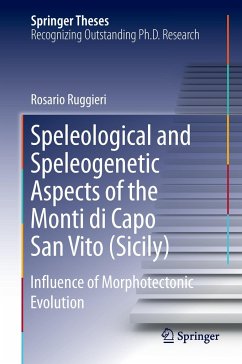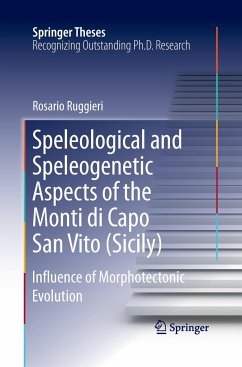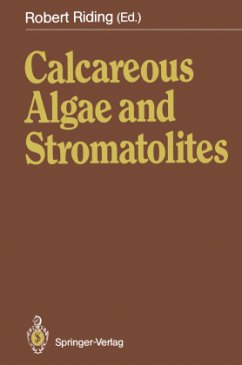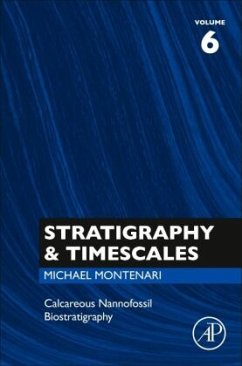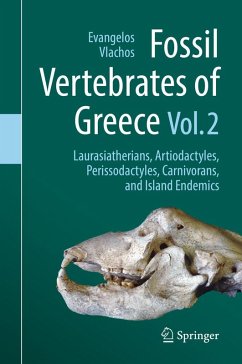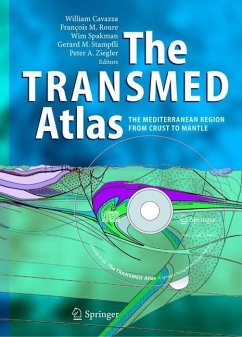
Calcareous dinoflagellates related to the Messinian Salinity Crisis
Their response and environmental evolution in the eastern (Cyprus) and central (Sicily) Mediterranean
Versandkostenfrei!
Versandfertig in 6-10 Tagen
89,90 €
inkl. MwSt.

PAYBACK Punkte
0 °P sammeln!
Past climatic and environmental conditions can be reconstructed by the use of different types of microfossils as proxies. Calcareous cyst producing dinoflagellates were shown to have a high proxy potential. Palaeoenvironmental reconstructions based on older fossil calcareous dinoflagellates, especially of Tertiary age and from the Mediterranean realm, are very rare. The major aim of this thesis is to demonstrate the applicability of fossil (pre-Quaternary) calcareous dinoflagellates as a tool for palaeoenvironmental reconstructions. One of the most attractive natural laboratories to study past...
Past climatic and environmental conditions can be reconstructed by the use of different types of microfossils as proxies. Calcareous cyst producing dinoflagellates were shown to have a high proxy potential. Palaeoenvironmental reconstructions based on older fossil calcareous dinoflagellates, especially of Tertiary age and from the Mediterranean realm, are very rare. The major aim of this thesis is to demonstrate the applicability of fossil (pre-Quaternary) calcareous dinoflagellates as a tool for palaeoenvironmental reconstructions. One of the most attractive natural laboratories to study past environmental and climatic changes is the Mediterranean Sea. One of the most outstanding events is the Messinian salinity crisis (MSC) at the end of the Messinian stage. Herewith, we present the first detailed study on calcareous dinoflagellates that systematically investigated their evolution with respect to the MSC on selected land sections from the Mediterranean realm. This thesis provedthe applicability of calcareous dinoflagellates for palaeoenvironmental reconstructions of the Late Neogene Mediterranean and extends our knowledge about the pre- and post-MSC environmental conditions.



